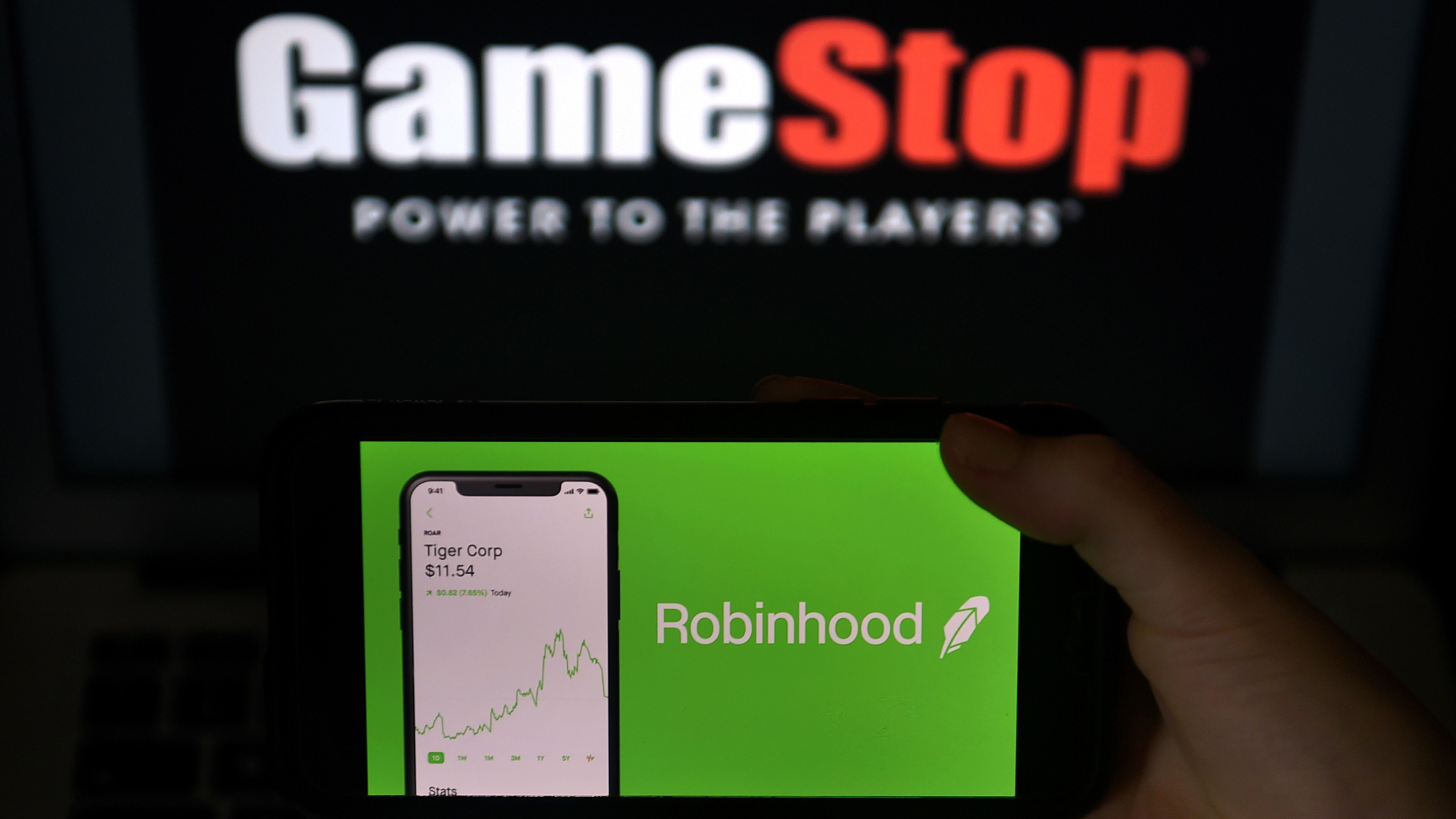How high-frequency trading works
TEXT OF STORY
Steve Chiotakis: Later this morning Goldman Sachs is expected to release a big profit report. Even while other big banks are still struggling. One reason Goldman is succeeding so mightily is its emphasis on something called high-frequency trading. Jill Barshay reports.
Jill Barshay: In the old days, traders hit a computer key to buy or sell stocks.
Sang Lee is the managing partner of the Aite Group. He says that’s old school.
Sang Lee: By the time I push a button to trade, it’s not inconceivable that a machine could have already sent, you know, 2,000 orders out there.
There are two parts to high-frequency trading: the PhDs who write trading programs and the high speed computers that execute the trades. The faster your computer, the quicker you can get to a buyer or a seller, and the more money you make.
Lee says these computers dominate stock market activity and play a vital part.
Lee: Machine driven trading has literally become some defacto liquidity provider in the marketplace. Which is a very important role to have.
High-frequency trading may make the market more efficient, but it’s not necessarily fair. If you can’t afford a team of PhDs and the most up-to-date computers, you may find giants like Goldman Sachs beating you at almost every trade.
In New York, I’m Jill Barshay for Marketplace.
There’s a lot happening in the world. Through it all, Marketplace is here for you.
You rely on Marketplace to break down the world’s events and tell you how it affects you in a fact-based, approachable way. We rely on your financial support to keep making that possible.
Your donation today powers the independent journalism that you rely on. For just $5/month, you can help sustain Marketplace so we can keep reporting on the things that matter to you.


















